Powers
Cullen Wines
Margaret River Cabernet Sauvignon Merlot 1999
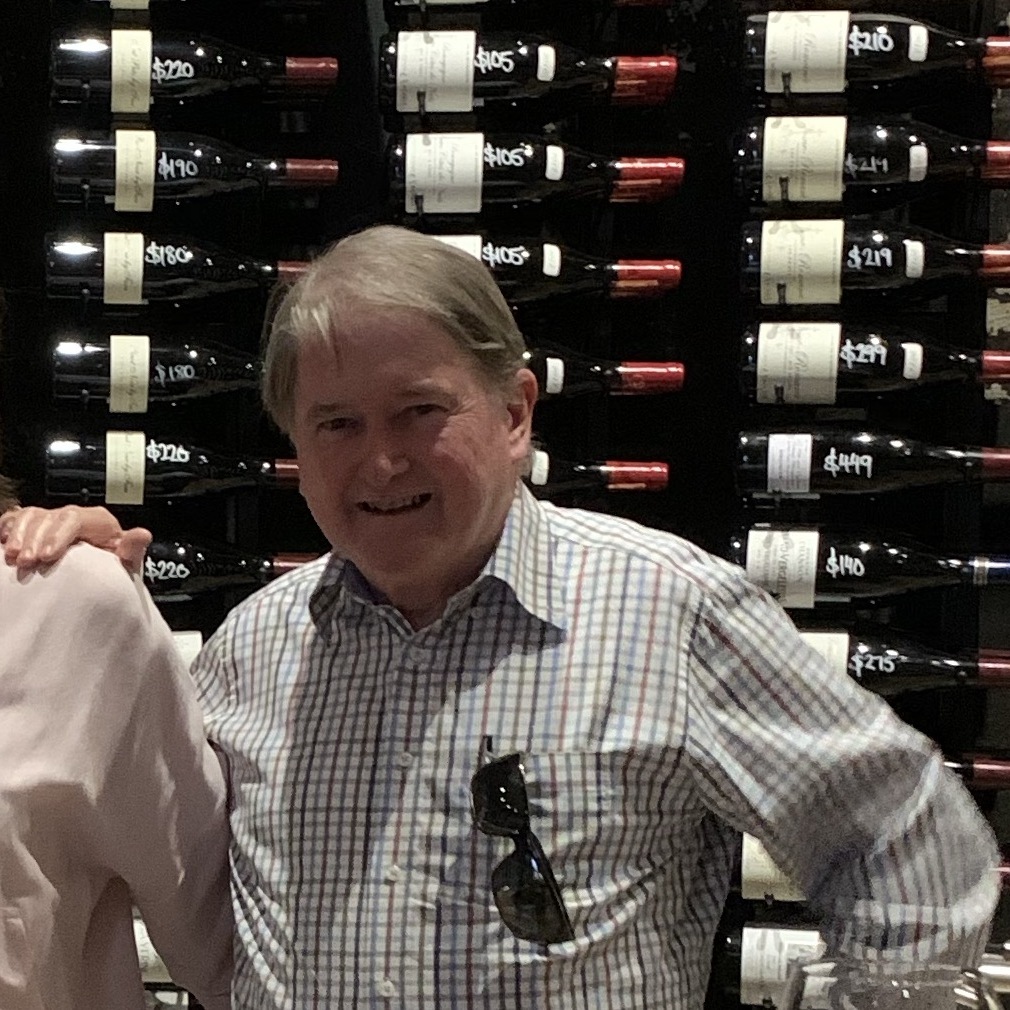
Jasci & Marchesani
Janú Montepulciano d'Abruzzo
The vanilla over powers an otherwise fascinating and happy experience. — 8 years ago
Powers Winery
Columbia Valley Viognier 2014
Tropical fruit on the nose - ripe papaya candied. The palate was bright citrus on the approach followed by lingering floral finish. Little bit more acidic and lighter than we were expecting. — 9 years ago
Powers
Reserve Coyote Vineyard Cabernet Sauvignon 2012
Big fan of Powers and this doesn't disappoint... Bold with lingering red fruit... Pairing my steak perfectly... Colombia next stop... — 9 years ago
Powers
Reserve Champoux Red Blend 2012
Nice, smooth, full flavor, cherries. — 9 years ago

Domaine François Raveneau
Forêt Chablis 1er Cru Chardonnay 2005
Light gold. Bright in the glass. Initial nose like rich heavy CA Chardonnay which seems to be the vintage trait. But then with air it gains complexity and the nose narrows to river stone and honeysuckle. In the mouth its not Chablis like at first but then the acidity powers on with an hour of air. Great finish. Moving from primary to secondary notes at age 10. Good now. Can't wait to see where it goes in the future. — 10 years ago
Matthiasson
Matthiasson Vineyard Ribolla Gialla 2011
This wine is still one of the most off-the-wall delicious California wines I've ever had. I am required to order it any time I see it on a wine list because it basically doesn't exist. At 10.9% alcohol, you'd expect something wan and featherweight, but the 6+ months (I think) of skin contact have yielded a thought-provoking wine of profound character. Ganevat's sous voile wines come to mind in terms of vibrancy, but there's something much more friendly about it. The aromas center on this exotic tangerine and yuzu pithiness, backed up by floral jasmine, camomile, and white tea notes. There's a bit of tannin and a mildly acetic quality that reminds me of really great champagne vinegar. The acid kicks and powers a very long finish. There's something ineffable and polychromatic about this wine that defies definition. It's such a particular (possibly unrepeatable) marriage of people, vintage, grape variety and place. Full of frisson if you're ready to listen. Bravo, @Steve Matthiasson and Jill! — 10 years ago

Bodegas Numanthia
Numanthia Toro Tempranillo
This '04 is at the peak of its powers. — 11 years ago
Stony Hill
Napa Valley Chardonnay 1999
From a restaurant list. Medium gold, heavy in the glass. The nose grabs your attention right away. Apricot, some peach, some stones, and a bit of honey. Rich in the mouth and with air the acidity powers up over a couple of hours. Some bruised apple and warm apricot notes developed. Overall, nice showing. — 7 years ago
Château le Fournas Bernadotte
Haut-Médoc Red Bordeaux Blend 2011
Smells like fruit, tastes like dirt, long aftertaste. Love it for $23. Paired with Cas Soulet. But wine over powers food. — 8 years ago
Irish Distillers
Powers John's Lane Release 12yr
Ultimate example of Irish single pot still. Full bodied, sherried, oily. — 8 years ago
Máté Vineyard
Brunello di Montalcino Sangiovese 2011
Decent showing, a nuance of jam that almost over powers the fruit and earth notes. — 9 years ago
Powers
Columbia Valley Syrah 2013
Vanilla, raspberry, tar and smoke. Really nice syrah that is light and approachable but still offers some complexity. Would go nice with game birds or possibly grilled lamb — 9 years ago
Huge Bear
Sonoma County Cabernet Sauvignon 2010
Big and ripe, but pure with lots of currants. Love that the oak treatment compliments rather than over-powers. Really nice stuff — 10 years ago
Domaine Huet
Clos du Bourg Demi-Sec Vouvray Chenin Blanc 2010
So, so, so good. Exactly the right amount of RS and screaming acid. 200-pound barbell on a tightrope. Oozes Chenin-y power: baked apples, beeswax, salt, honeysuckle, aged cheddar, and crushed white stone. Pinguets at the hight of his powers in a stellar vintage. Hope there are more in the pipeline like this. Demi-sec is my favorite style from the house and probably the most age-able table-wine style, as the Molleux are too sweet for anything but cheese, in general. Drink from now until the end of time. — 10 years ago
Powers
Columbia Valley Merlot 2011
Tannin loaded — 11 years ago
Château Branaire (Duluc-Ducru)
Duluc de Branaire-Ducru Red Bordeaux Blend 2009
The dense garnet color reveals at sight the great potential of the wine. The nose offers intense aromas of ripe cherry and plum. Hints of tree moss and silky tannins makes the mouth complex, full bodied and rich. Opulent and elegant this great wine is ready to drink now or within 2 years but it has already gave all its secret powers. — 7 years ago
Notre Vin
Howell Mountain Cabernet Sauvignon 2010
Oh yeah. As Austin Powers would say - schwingggg. — 8 years ago
Domaine François Raveneau
Montée de Tonnerre Chablis 1er Cru Chardonnay 2011
2011 vintage. At Au Fils du Zinc in Chablis. Fabian recommended this bottle over the more famed Les Clos 2011 as he thought it would be drinking better. And boy he was right. A very big wine, I would recommend serving it ever so slightly colder than normal to restrain the power in this wine. Medium golden hue. The wine has crushed rock chalkiness, honey blossom and plenty of ripe peach notes. On the palate, this wine explodes with power and ripeness, medium plus body and a very broad mid palate that coats your tongue. The acidity makes your lips smack and powers the very long citrus finish. Hugely impressive compared with my expectations. Really enjoyable particularly with the cheese I had for dessert. Drink now - doubt it can get much better from here. — 8 years ago
Tschida
Kapitel I Red Blend 2012
BTW @Marc Stubblefield I notice these wines are now in NYC. Perhaps you could use your super-powers to get them to CA... — 9 years ago
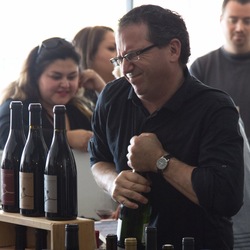

Walter Scott
Dumb Ox Pinot Noir 2014
My first encounter with Walter Scott's Pinot Noir's under Michael Alberty's provenance at Storyteller. All 2014s. Temperance Hill was lean, austere, still a tightly wound chrysalis brooding with tobacco & sandalwood. The Clos de Oiseaux has released more fragrance, and had moved beyond the meditative sandalwood phase toward dark cherry and oolong tea, wishing for time to cure and unfurl its powers. Dumb Ox is that brilliant, precocious child: transparently true & deep, expressing fruit and earth effortlessly. Makes me think of all the places all of these very fine Pinots will go with time and some hard-earned peace, but we took the Dumb Ox! — 9 years ago
Powers
Spectrum Columbia Valley Red Blend 2013
Could Washington state make any better wines? — 10 years ago
Powers
Columbia Valley Malbec 2012
Smooth and delicious. Well balanced and easy to drink — 10 years ago



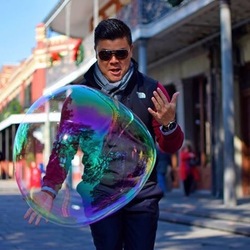





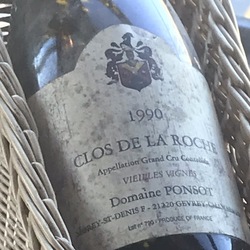










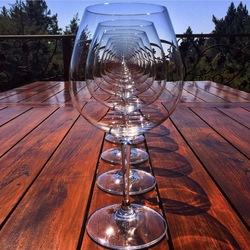

Bob McDonald
My final bottle of 6 I bought on release and the best. Deep crimson in colour - quite dark for 19 years of age. Notes of violets and all the classic Cabernet descriptors of Bay leaf and cassis. On the palate a beautiful mature Cabernet blend at the peak of its powers. Really enjoyed this. Jancis Robinson MW compared this to Margaux. A tradition of female Wine making with Di Cullen as Winemaker from 1971 until 1989 when daughter Vanya took over and continues to this day. Consistently one of Margaret River’s better Cabernets. — 7 years ago